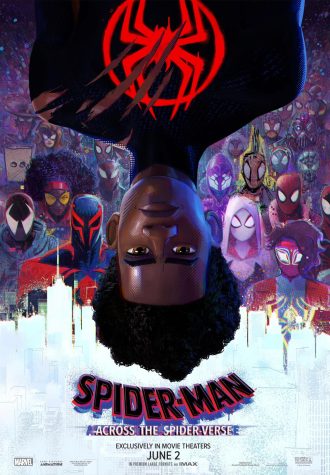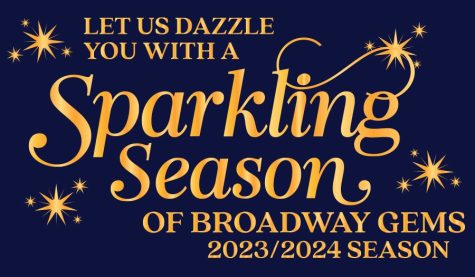Growth of Representation in Disney Movies
December 6, 2022
Disney is known for its iconic feminine characters. For years, princesses would have a slim build, a small button nose, and big eyes. The only factor that would make these characters distinguishable is their unique outfits that symbolize who they are as a character. This standard character physique was kept the same for several years. Movies produced by Disney, like Cinderella and Sleeping Beauty, are well known. While these princesses portray different personalities and storylines, the character’s appearance typically remains very similar. There was a lack of representation in appearances, like the characters’ body shape, culture, and skin complexion. This was detrimental to young girls who love Disney movies due to the lack of representation. The thought of constantly comparing themselves to the main characters of their favorite film remained a problem for decades until very recently.
The first princess that made a difference in Disney’s common character appearance was Jasmine from the 1992 film Aladdin. While Jasmine still had the basic feminine features like many other princesses, she was the first princess of color. Jasmine is a Middle-Eastern princess. She represented a unique culture. After Aladdin, several other movies were released by Disney that had more representation, such as Pocahontas (the first woman of color to be a lead role), Mulan, Princess and the Frog, and Moana, just to name a few. These movies allowed young girls to be able to relate to a character in a movie. With the addition of princesses of color, kids can now identify themselves with a certain princess. They can feel seen.
While exhibiting different skin tones was an issue for Disney for many years, another thing that they struggled to show in their characters was the idea of a different body type. Up until this year, most of the characters were slim. There were only a few Disney characters that were considered plus-size, such as the Fairy Godmother (Cinderella), Sadness (Inside Out), and Luisa (Encanto), but these were only-sided characters. In October of 2022, Disney announced that the short film “Reflect” would have the company’s first plus-sized main character, Bianca.
On top of recognizing these character developments, you can also see the change in their facial structure. As previously mentioned, the Disney princesses would have small button noses and big eyes. However, in Brave (2012), you can see that Merida’s features are much different. She has a softer jawline and big, curly red hair. These features can also be seen in Moana, paired with soft, wavy brown hair.
While these characters broke the common Disney character limits, there is still a lot more to do before we gain representation for everyone all around the world. It took Disney 55 years just to create a princess of color, and even now, in 2022, they lack these portrayals. Kids growing up need a positive mindset to have a better future. Before these characters, girls could have felt ashamed that they weren’t like the princesses in their favorite movies. They would have felt disappointed that they weren’t thin like their favorite princess. These princesses act as role models for young girls, as they are kind, loving, and compassionate. Even outside of Disney movies, it is important to speak for everyone, regardless of their appearance.






